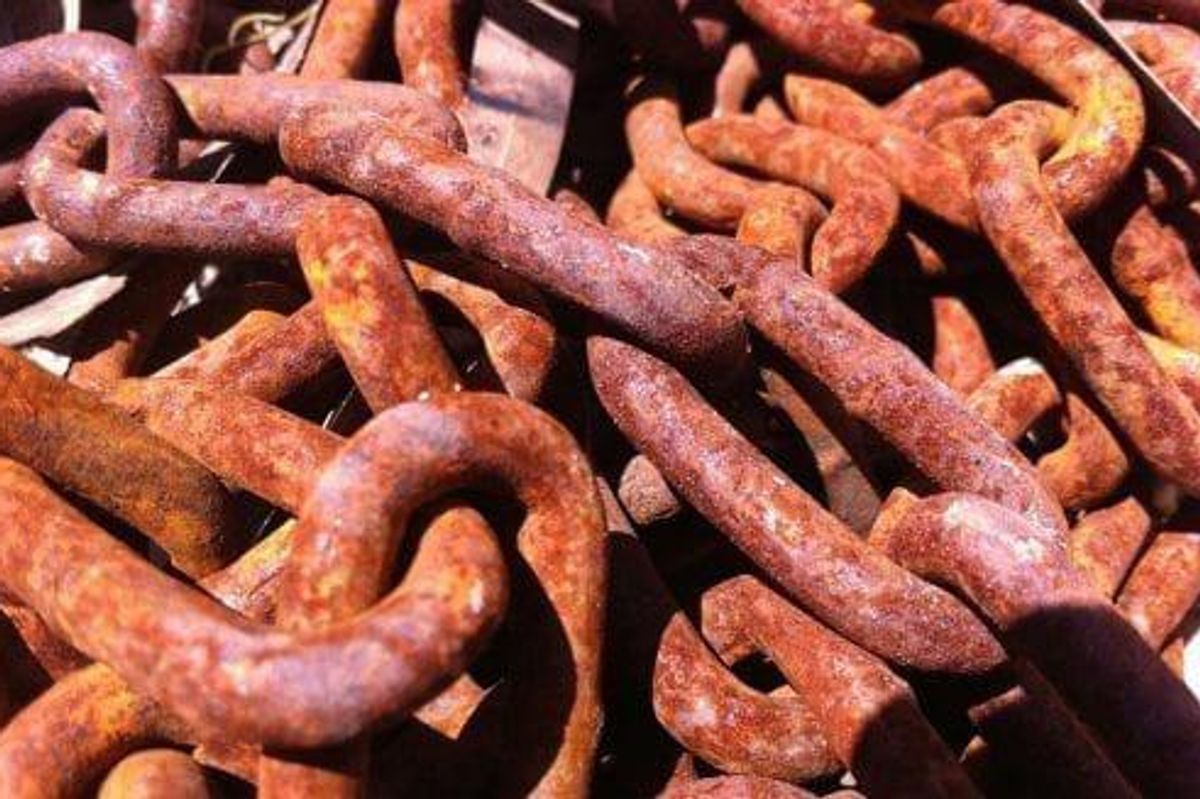
Following the impact of Cyclone Veronica, Rio Tinto has made a downward revision to its iron ore yearly guidance for 2019.
Following the impact of Cyclone Veronica across Western Australia (WA), Rio Tinto (ASX:RIO,LSE:RIO,NYSE:RIO) announced in its Q1 2019 production update that it has revised its iron ore yearly guidance.
The company stated that iron ore shipments from WA’s Pilbara region were 14 percent lower at 69.1 million tonnes (Mt) this past quarter versus Q1 2018. Meanwhile, Pilbara iron ore production was down 9 percent from Q1 2018 at 76 Mt.
The shortage stemmed from weather disruptions and a fire at Rio’s Cape Lambert A port facility, both of which the company believes will have a continued impact on Q2 performance.
Rio Tinto Chief Executive Jean-Sébastien Jacques commented on the performance impact of the adverse weather conditions and laid out Rio’s new shipment guidance from the Pilbara.
“Our iron ore business faced several challenges at the start of this year, particularly from tropical cyclones. As a result, and following the continuing assessment of damage at the port resulting from the cyclones and other minor disruptions, 2019 guidance for Pilbara shipments is reduced to between 333 and 343 million tonnes,” he said in the statement.
The previous 2019 guidance had been between 338 and 350 Mt, with the company also attributing the reduction to a slower ramp up.
Compared to Q1 2018, Rio’s bauxite production was up 1 percent at 12,763 kilotonnes (kt), mined copper was up 3 percent at 143.9 kt and aluminum remained unchanged at 796 kt.
Fellow major miner BHP (ASX:BHP,NYSE:BHP,LSE:BHP) also found its Western Australian operations impacted by Cyclone Veronica, which passed through the state in March. The company suspended its port and rail operations in Port Hedland as the cyclone approached, and came out relatively unscathed.
While no major damage was found, train movement was limited due to isolated flooding on-site and along sections of the rail leading into the port. BHP has estimated that it will see production losses of 6 to 8 Mt from the temporary shutdown.
As of 5:18 a.m. EDT, iron ore was down 0.57 percent and trading at US$93.44 per tonne.
Rio’s share price inched 0.45 percent higher by the end of trading on the ASX on Tuesday (April 16), ending the day at AU$101.20.
Don’t forget to follow us @INN_Resource for real-time news updates!
Securities Disclosure: I, Olivia Da Silva, hold no direct investment interest in any company mentioned in this article.
